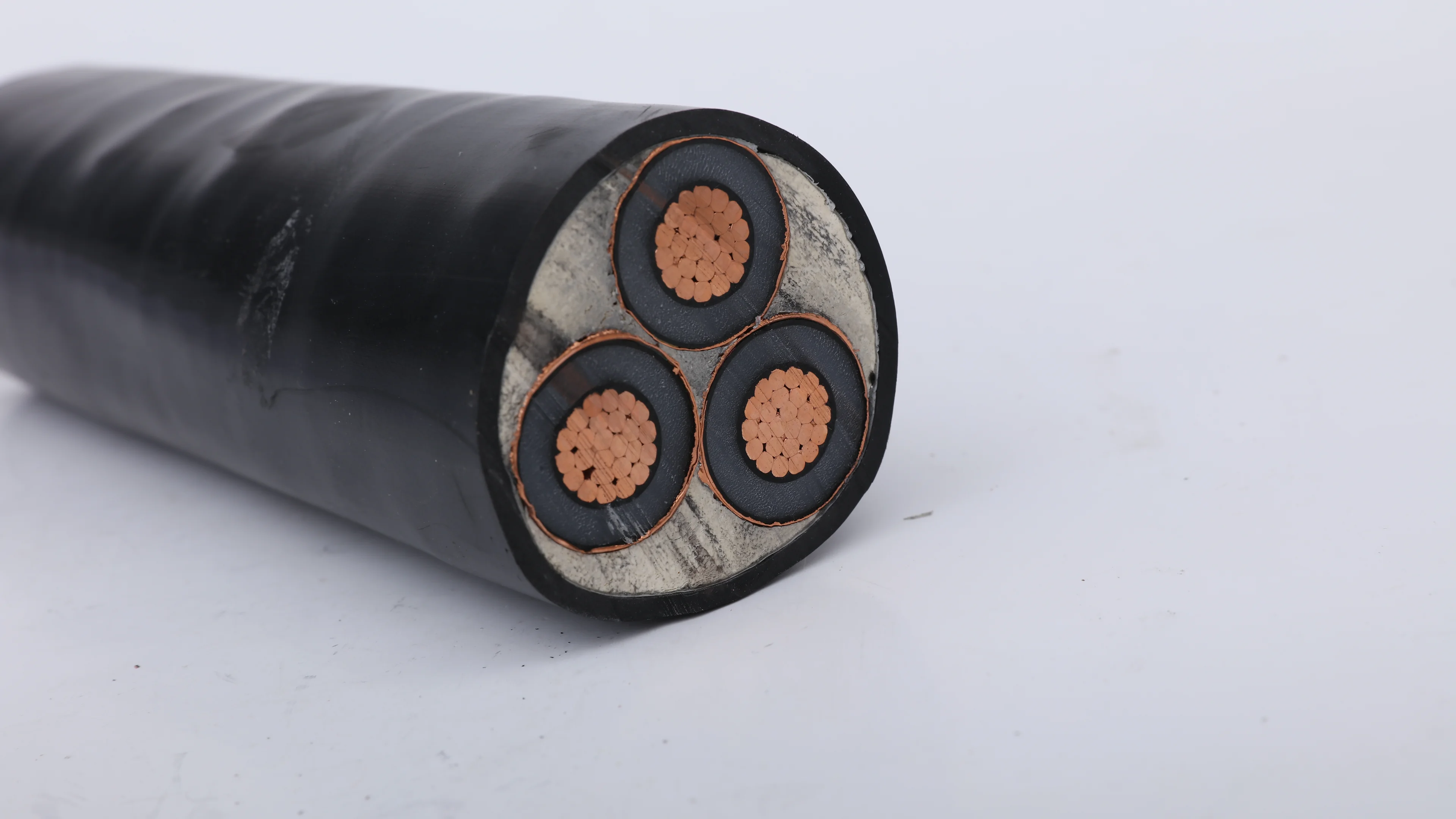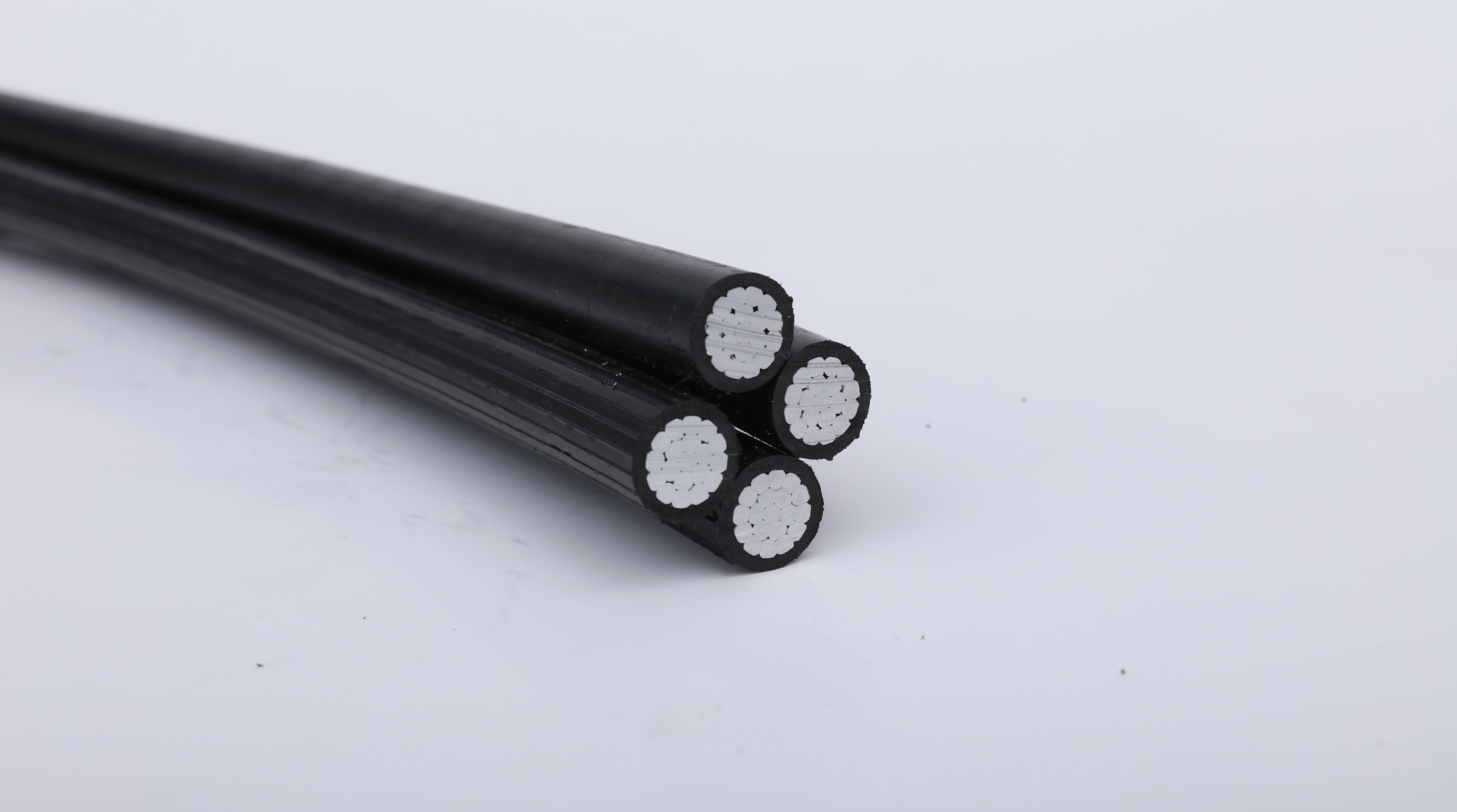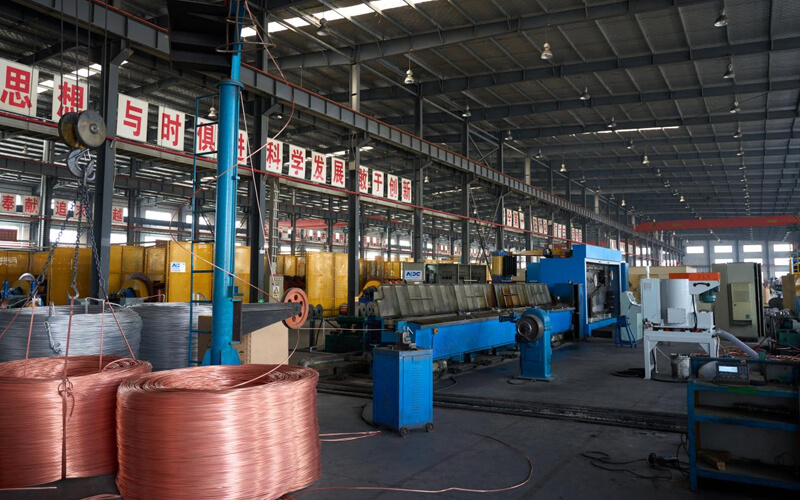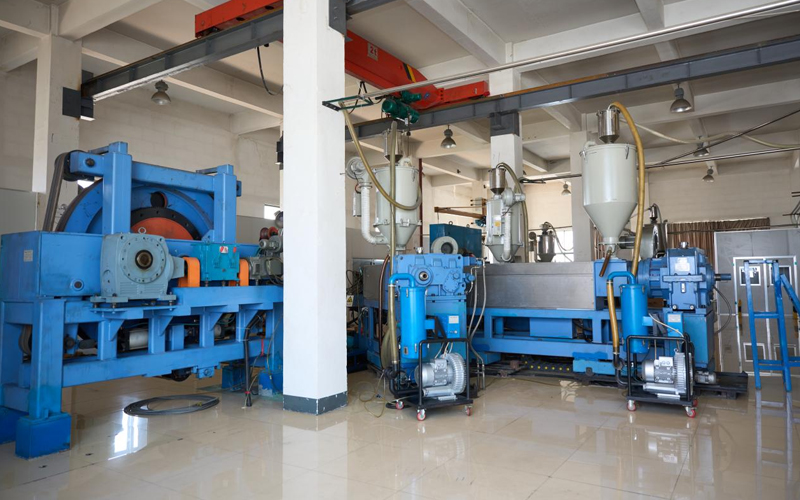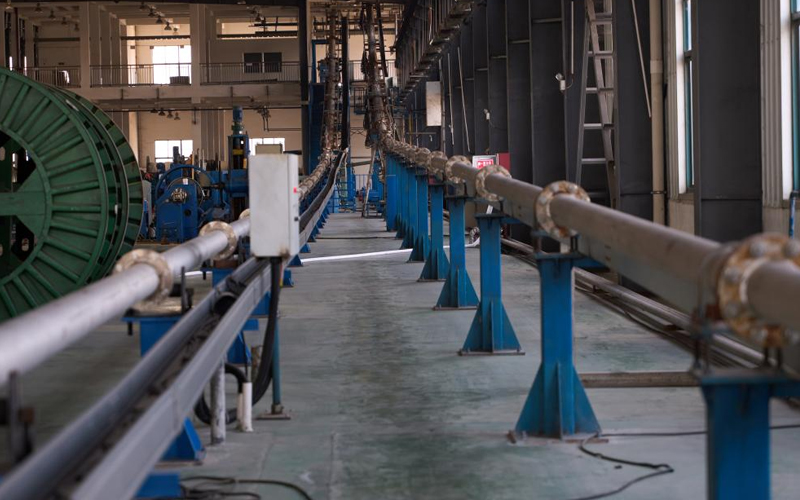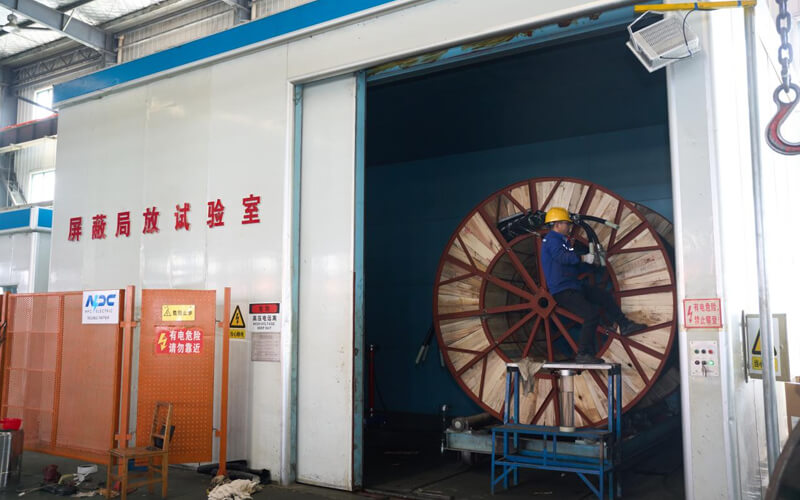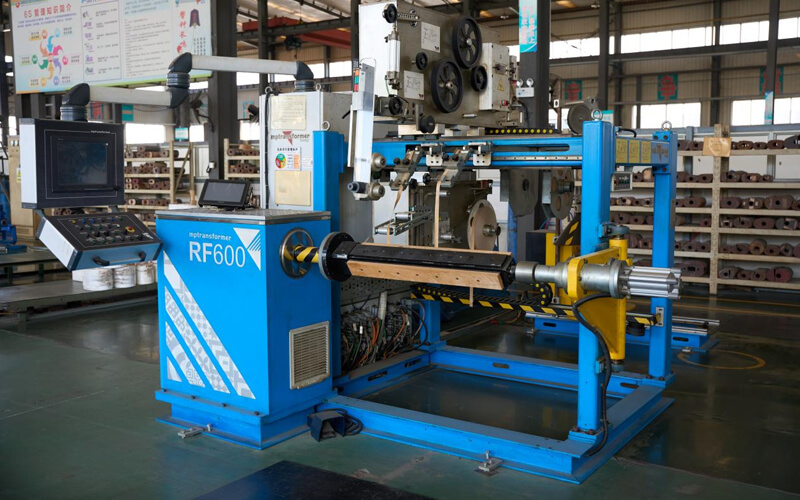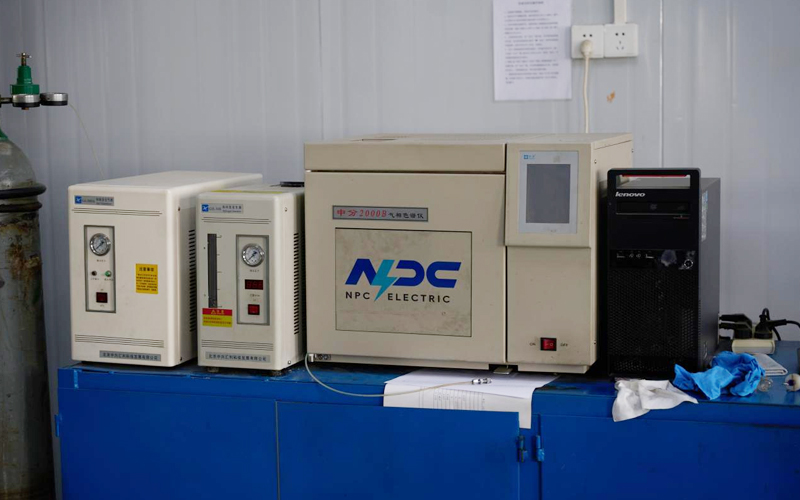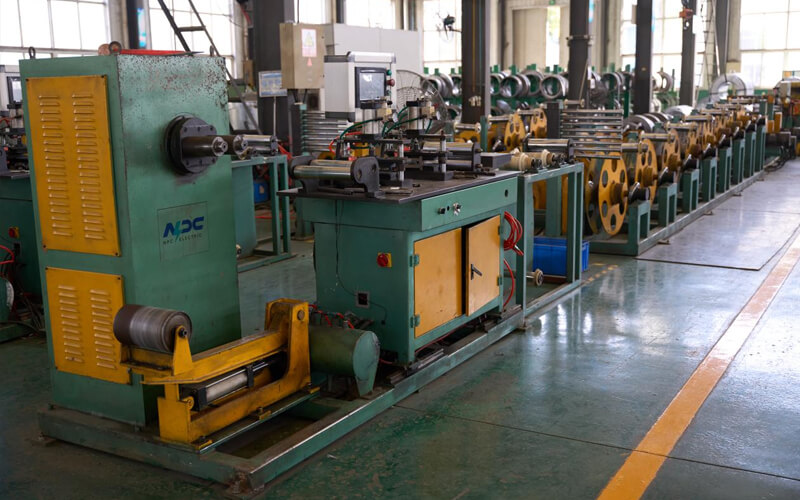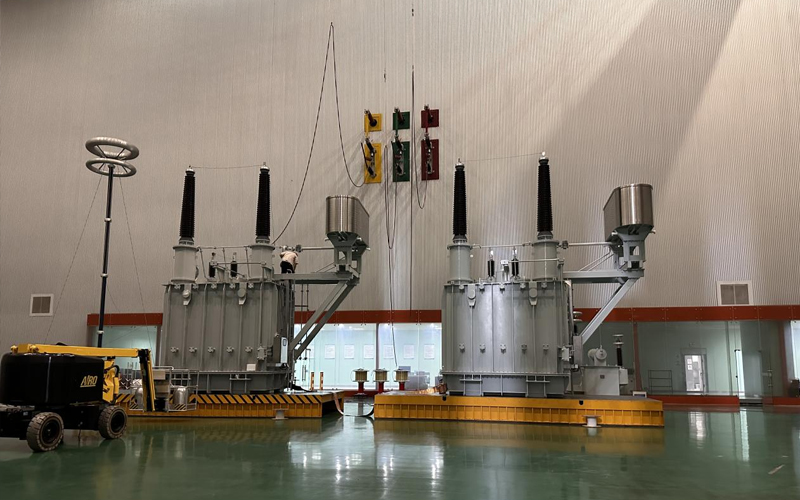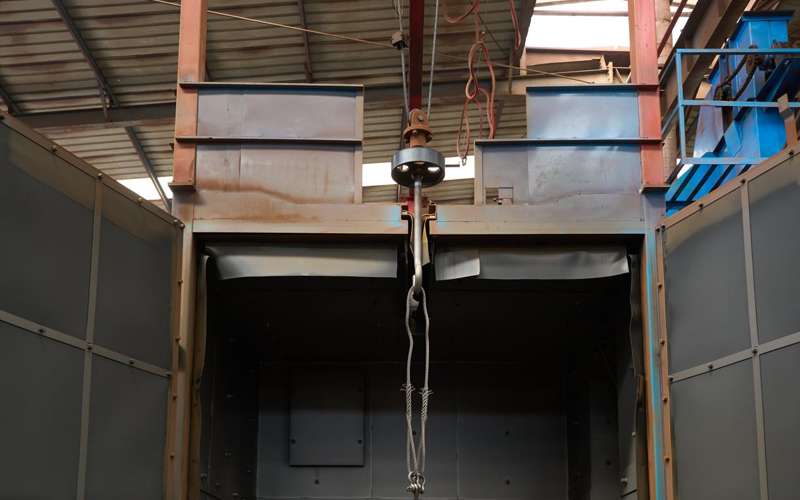Wires and Cables
Wires and Cables
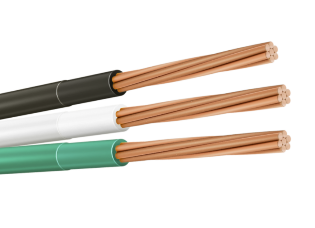
THHN AND THWN
Electrical wire THHN THWN is used in new construction projects or rewiring tasks in 600-volt systems. Versatile and usable in both wet and dry locations, THHN/THWN-2 is an excellent choice for a wide range of electrical installations. THHN/THWN-2 conductors can withstand temperatures up to 90°C in dry environments and up to 75°C in the presence of oil or coolant. Its outer nylon jacket is smooth and fine, ensuring easy installation by reducing friction during pulling. This feature is especially useful for long or challenging runs.
6242Y FLAT TWIN & EARTH
Widely used in lighting and domestic buildings. These cables are particularly suited for installation as meter tails and are used for fixed installation in the condition of dry or damp conditions. 6242Y can be laid in conduit, cable trunking, and cable ducting. Or where there is little risk of mechanical damage,e these cables can be fixed with a clip directly or by cable tray, or embedded or in free air. They are not allowed to be laid underground.

H07V-U H07V-R H07V-K
H07V-K cable is used for the internal wiring of electric motors and transformers as well as other electrical appliances and lighting applications. It can be used in and at electronic appliances for measuring, regulating and controlling. The cables are also ideal for laying in pipes, surface wiring and conduit installations. Specifications according to HD 516 apply for respective specific applications. H07V-U cable is intended for the installation to inside of apparatus as well as for the protective laying to the lightings, in dry rooms, in production facilities, switch and distributor boards, in tubes, under and surface mounting of plasters. H07V-R cable is preferably for installation indoors, in cable ducts, and in industrial plants or switching stations, under ground installation. It can be used in switchboards and distributor boards or where a thicker strand of multi-wire is required. Found in electronic and electrical equipment and switch gear cabinets designed for export to a European country and for MRO replacement of European-made equipment wire.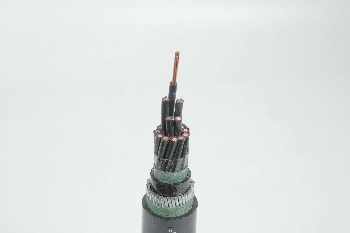
Control Cable 0.6/1 kV CVV to IEC 60502 Standard (2-30 core)
These IEC 60502-1 cables are used for the electricity supply in low voltage installation system. They are suitable for installation indoors and outdoors, in cable ducts, underground, in power and switching stations, local energy distributions, industrial plants, where there is no risk of mechanical damage.
Control Cable 0.6/1 kV CVV-S to IEC 60502 Standard (2-30 core)
These IEC 60502-1 cables are used for the electricity supply in low voltage installation system. They are suitable for installation indoors and outdoors, in cable ducts, underground, in power and switching stations, local energy distributions, industrial plants, where there is no risk of mechanical damage.
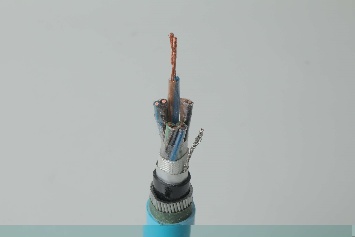
Instrumentation Cables—PVC Insulated, Overall Screened, Unarmoured PVC Sheathed Cables (CU/PVC/OSCR/PVC)
Instrumentation Cables CU/PVC/OSCR/PVC are PVC Insulated, Overall Screened, Unarmoured PVC Sheathed Cables. They are multi-conductor cables that carry and transport low-voltage electrical signals. These low-voltage signals are used to control and monitor electrical power systems. Instrumentation cables have many different industrial applications that include broadcasting, equipment control, such as drilling and pumping in the oil and gas industry, and data transfer, which includes analog and digital signals. They are manufactured according to the BS EN 50288-7 and BS EN 50288-1 standards to ensure quality. Depending on the application, instrumentation cables can be insulated with PVC or XLPE; the cables can be armoured or unarmoured. The sheathing materials can be of PVC, LSZH, or PE. The cables can have additional flame retardant or flame retardant properties, and they can be manufactured with special protections such as lead sheaths, or DRYLAM or AIRBAG technology.
Instrumentation Cables—PVC Insulated,Individual & Overall Screened, Unarmoured PVC Sheathed Cables(CU/PVC/OSCR/PVC)
Instrumentation Cables are multi-conductor cables that carry and transport low-voltage electrical signals. These low-voltage signals are used to control and monitor electrical power systems. Instrumentation cables have many different industrial applications that include broadcasting, equipment control, such as drilling and pumping in the oil and gas industry, and data transfer, which includes analog and digital signals. They are manufactured according to the BS EN 50288-7 and BS EN 50288-1 standards to ensure quality. Instrumentation cables come in twisted pairs, triads, and quads, depending on the customer’s applications; twisting reduces any electromagnetic interference by reducing the chances of electrical voltages and currents being induced in the conductor. Individual and overall screening are also applied in instrumentation cables to optimize the signal transferred and further reduce any electromagnetic interference. Screening of pairs, triads, or quads also includes a drain wire earthed to the ground, which ensures a noise-free signal transmission.In-Depth Analysis
Comparative Analysis of Efficiency and Loss
Compared to the industry average, NPC wires and cables exhibit lower losses and higher efficiency across the entire load range.
Load Efficiency Comparison(%)
No-load Loss Comparison(W)
High Conductivity Design
High-purity oxygen-free copper or high-quality aluminum conductors are used with smooth surface and low resistance to ensure efficient power transmission and reduce energy loss.
Insulation Protection System
Use flame-retardant, wear-resistant and corrosion-resistant polymer insulation materials to meet the safe operation requirements in different environments.
Weather-Resistant & Durable Technology
The outer sheath is made of UV-resistant, heat-resistant, and oil-resistant materials, making it suitable for high and low temperatures, humidity, and long-term outdoor use.
Safe Flame Retardant System
The multi-layered flame-retardant structure effectively slows the spread of flames and releases low-smoke, halogen-free gases during combustion, reducing secondary hazards.
Easy Installation & Maintenance
The flexible core and flex-resistant outer sheath provide a small bend radius and high installation efficiency. Color coding and length markings reduce installation and maintenance costs.
Intelligent Monitoring
An optional remote monitoring system is available to monitor operating status, temperature, load and other parameters in real time, and supports fault warning and remote diagnosis.
Environmental Adaptability Analysis
NPC wires and cables have been rigorously tested and can operate stably under various harsh environmental conditions.

Temperature Range
-40℃ ~ +55℃
Can work normally in extreme high and low temperature environments

Humidity Adaptation
0 ~ 100% RH
Including condensation environment, no frost requirement

Weather Resistance Grade
UV/IEC 60811-501
The outer sheath has excellent UV resistance and aging resistance

Chemical Corrosion Resistance
Oil / Acid / Alkali
Resistant to oil, acid, alkali and some chemical corrosion environments
Why Choose Us

Wires & Cables Manufacturer
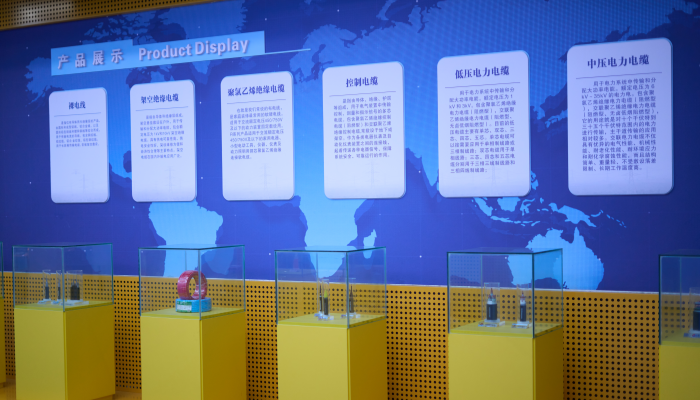
Wires & Cables Products
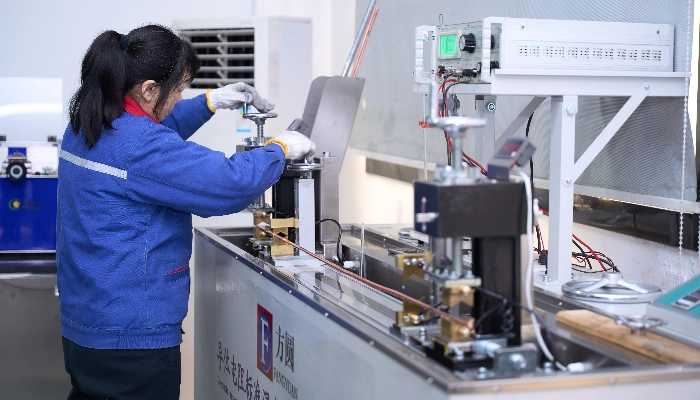
Wires & Cables Testing
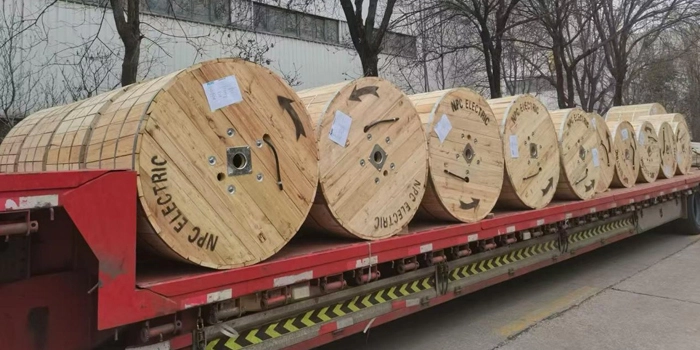
Efficient Logistics & Timely Delivery
Testing and Certification
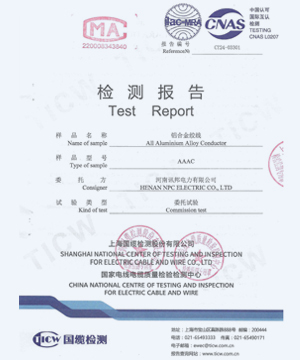
Bare Cable Test Report
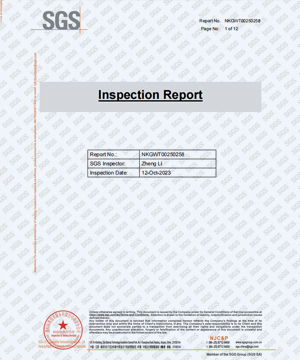
SGS Inspection Report
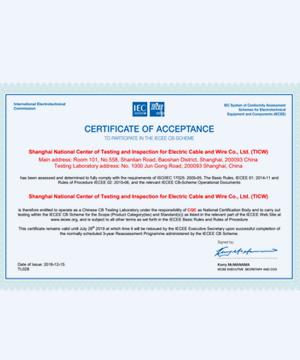
Certificate of Acceptance
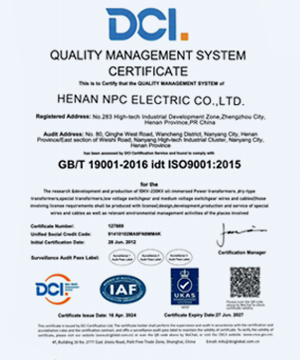
ISO Quality Certificate
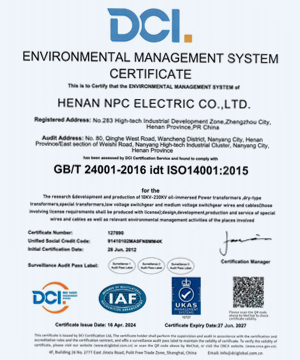
ISO Environmental Certificate
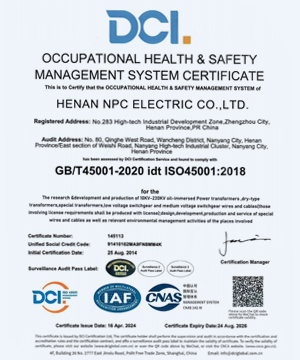
ISO Occupational Certificate
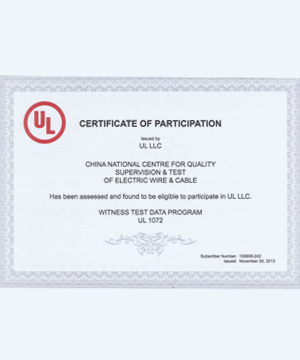
UL Laboratory Certificate
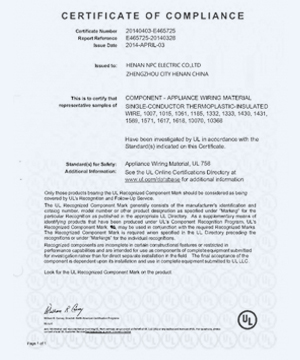
UL Product Certificate
Project Cases
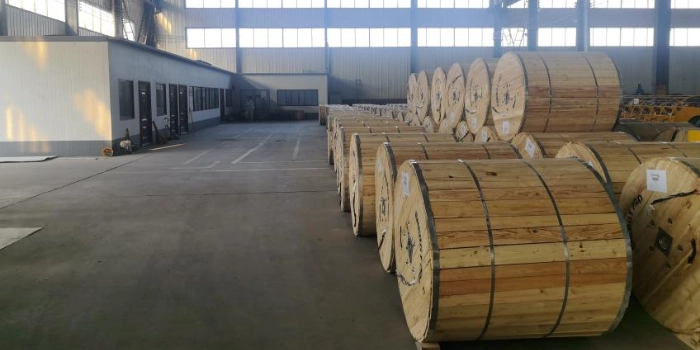
Peru Solar PV Project
CompletedNPC Electric Delivers Medium-Voltage Cables for Peru Solar PV Project
Country:Peru
Model:HEPRZ1(AS) 1x630 mm² 19/33kV x 6km
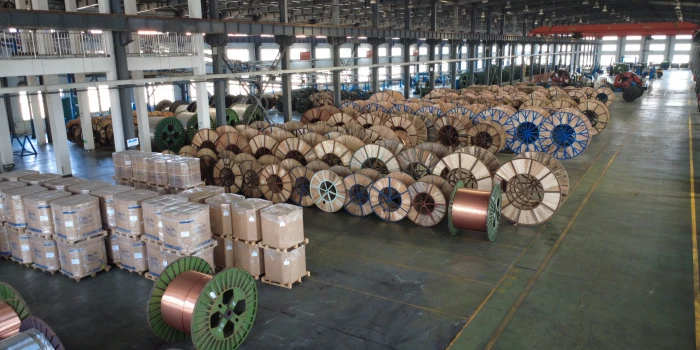
Chile El Project
CompletedReliable 19/33kV MV cables ensuring safe, stable, and efficient power transmission for critical projects.
Country:Chile
Model:19/33kV MV Power Cables x 5km
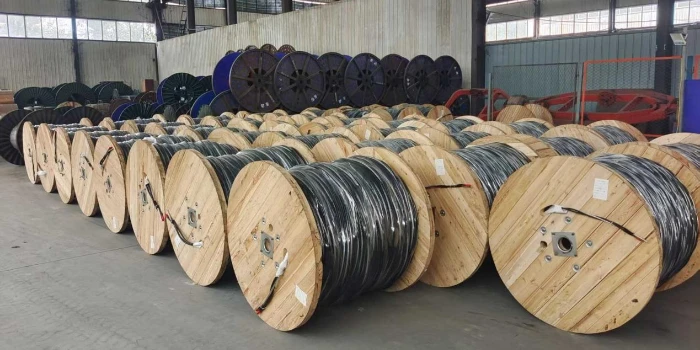
Dominican Edenorte Project
CompletedProvide outdoor power solutions for urban main road reconstruction projects to adapt to complex environments.
Country:Dominican
Model:NPC AAAC Cable & Triplex Cable x 10km
Technical Advantages
FAQ From Customers
-
What is the difference between wires and cables?
A wire is a single conductor that carries electricity, while a cable is a group of two or more insulated electrical wires bundled together. Wires and cables are used to transmit electrical power or signals, but cables provide better protection and are often used where safety and durability are critical. -
How do I choose the right electrical cable for my project?
When selecting an electrical cable, consider the required voltage, current capacity, installation environment, and safety standards. For example, choose power cables for high-load transmission, solar cables for photovoltaic systems, or insulated electrical wires for indoor wiring. Always ensure the cable meets international standards such as IEC, UL, or ISO. -
What are the common types of wires and cables?
Common types include bare conductor cables for overhead transmission, power cables for industrial and residential electricity supply, solar cables for renewable energy systems, insulated cables for building wiring, grounding wires for safety, and submarine cables for undersea power transmission. -
Why is testing important for electrical wires and cables?
Testing ensures wires and cables meet safety, durability, and performance standards. High-quality electrical cables undergo conductivity, insulation, fire resistance, and mechanical strength tests to guarantee reliable operation. Properly tested electrical wires reduce energy loss, prevent short circuits, and increase system safety. -
Can NPC Electric provide customized wires and cables solutions?
Yes. With over 30 years of manufacturing experience, NPC Electric offers customized wires and cables, including electrical cables and electrical wires designed to specific voltage levels, insulation types, and installation conditions. Our engineering team supports custom solutions for power transmission, industrial automation, renewable energy, and infrastructure projects worldwide.








